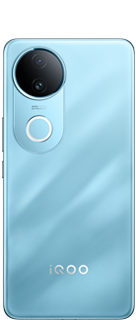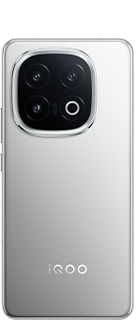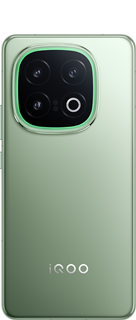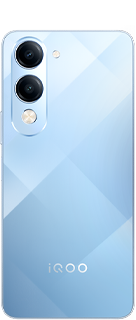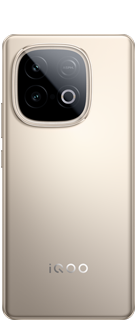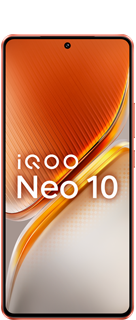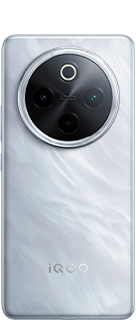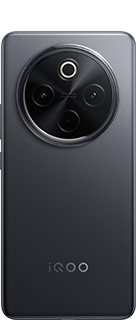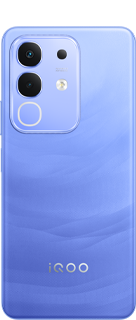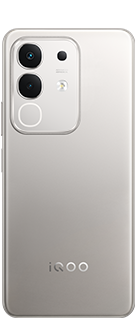Let's Learn Mobile Tech In-Depth: #3). Fingerprint Sensor
Hey iQOO Fam,
In this series, we'll be diving straight into the core components & Tech that is inside in our daily drive, discussing the latest advancements and what's coming next.
To kick things off, let's talk about the first and most important sensor "Fingerprint Sensor".
1.Optical Fingerprint Sensors:
How They Work: Optical fingerprint sensors capture a 2D image of your fingerprint by shining a light on your finger and taking a picture. The sensor then uses algorithms to detect unique patterns on the surface, such as ridges or marks, by analyzing the lightest and darkest areas of the image2.

Pros:
- Cost-effective: Cost-effective: Optical sensors are generally cheaper to produce, makingthem common in mid-range and budget smartphones.
- Easy to implement: These sensors can be embedded under the display glass and work with wet fingers.
Cons:
- Lower security: Since they capture a 2D image, optical sensors are easier to fool with prosthetics or high-quality pictures.
- Lower accuracy: They may struggle with accuracy and speed compared to ultrasonic sensors.
Comparison Infographics:

How both the sensors capturing the fingerprint:

2.Ultrasonic Fingerprint Sensor:
How They Work:
Ultrasonic fingerprint sensors use sound waves to create a 3D image of your fingerprint. When you place your finger on the sensor, it emits ultrasonic pulses that bounce back to create a detailed 3D map of your fingerprint, including ridges and pores.

Pros:
Higher security: The 3D mappin
g makes it much harder to fool with replicas or pictures.
Better accuracy: Ultrasonic sensors are more accurate and can work even withwet or dirty fingers.
Faster performance: They offer quicker and more reliable performance compared to optical sensors.
Cons:
Higher cost: Ultrasonic sensors are more expensive to produce, making them common in high-end smartphones.
Screen protector compatibility: They may require specific types of screen protectors to function correctly.
Conclusion
In summary, while normal fingerprint sensors (optical and capacitive) offer basic functionality at lower costs, ultrasonic fingerprint sensors provide enhanced security, accuracy, and adaptability under various conditions. As technology advances, ultrasonic sensors are likely to become more prevalent in consumer devices due to their superior performance characteristics.
Signing Off,
Balaji Murapaka
Your Qool Ranger

Please sign in
Login and share
